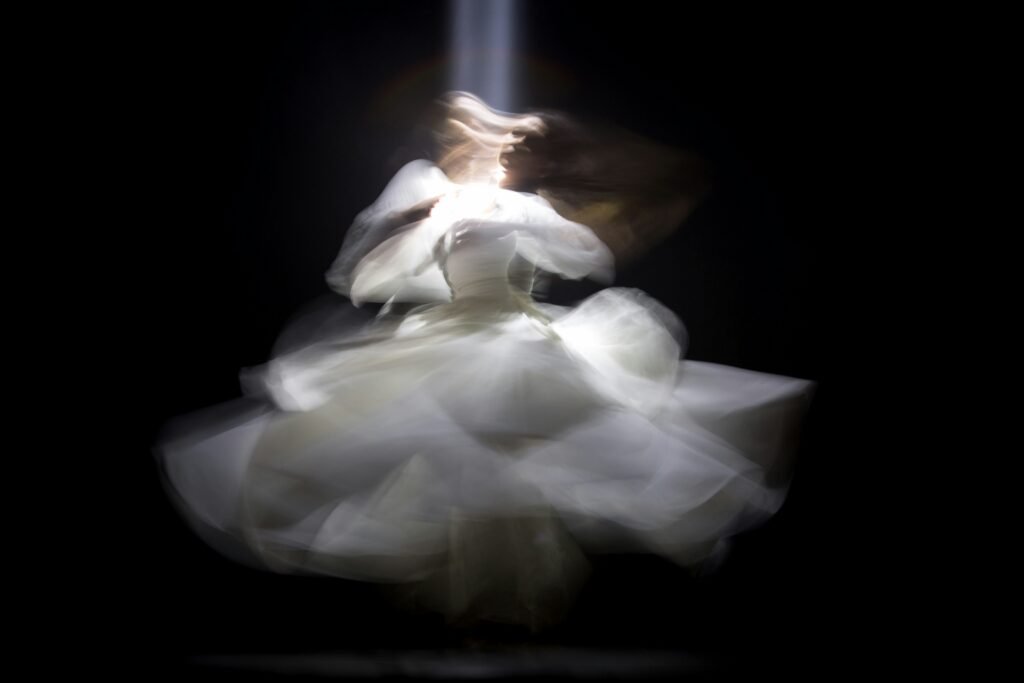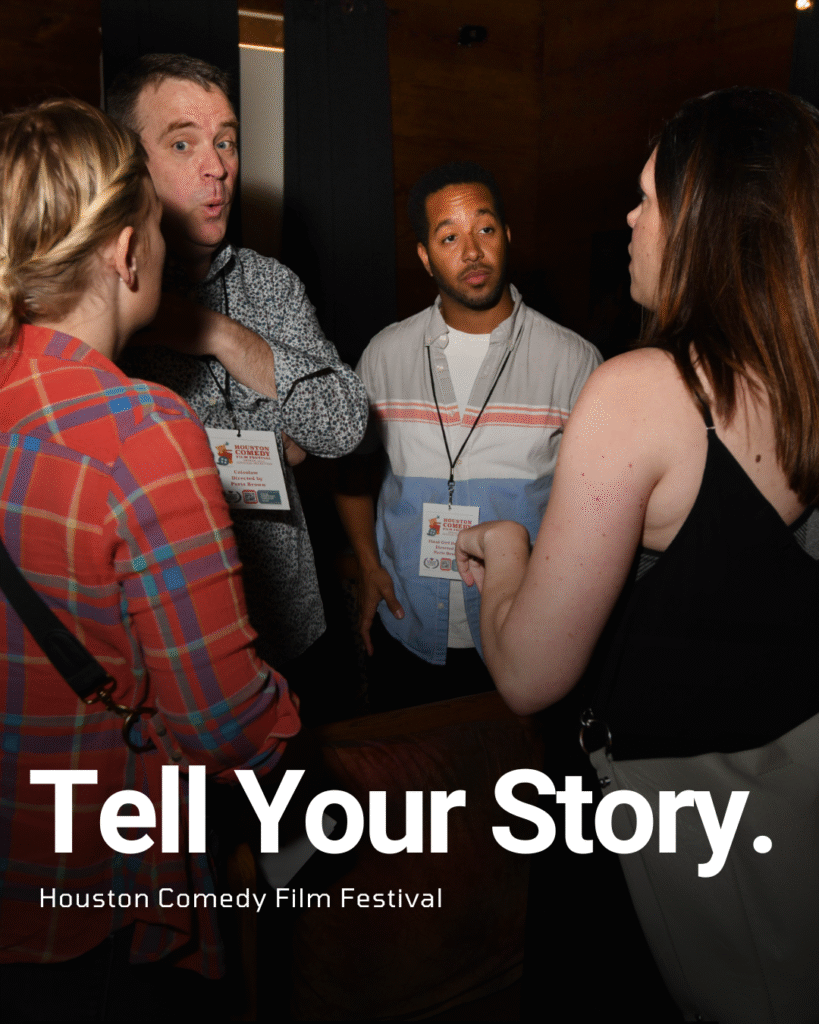Entertainment
Below Deck’s Laura: Luke Isn’t Wrong Because Margot ‘Willingly Kissed’ Him on August 14, 2023 at 4:46 pm Us Weekly

Laura Bileskalne, Luke Jones, and Margot Sisson. Courtesy of Laura Bileskalne/Instagram; Bravo (2)
Laura Bileskalne made it clear that she remains on Luke Jones‘ side after his departure from season 2 of Below Deck Down Under.
“I don’t take s—t from who[ever] has not actually watched it. Don’t make up a preditor [sic] from someone who gave a HUG to a girl who willingly kissed 25 min ago. [Get] over yourself and your bs,” Laura wrote via her Instagram Story on Sunday, August 13.
The former stew included screenshots from the recent episode of Below Deck Down Under where Luke asked Margot Sisson if she was feeling a “9 out of 10” while she was passed out after a crew night out. Luke’s conversation with a nearly asleep Margot took place as production demanded he leave her room after he got into the bed naked.
During the back-to-back episodes, which aired on August 7, Luke was fired by Captain Jason the next morning. Laura, for her part, got dismissed after she claimed Margot was to blame for Luke’s departure. Laura’s unwanted advances at deckhand Adam Kodra were brought up to Jason as well, which he said contributed to her exit.
Amid the backlash, Laura initially issued an apology to her former costars.
“My sincere apologies to Adam, I did not realize I made him feel uncomfortable and no one should be put in that position,” she wrote via Instagram on Tuesday, August 8. “And to Margot to not been [sic] able to empathize. I was 29 when the show was filmed, 30 was my life-changer. I am 31 now and I am watching it as all of you, an entertainment show.”
Laura has since changed her tune after blaming Bravo for how they portrayed the situation.
“I will stay loyal to myself and my friend @lukebonesjones. I never do or ever will stand up for what is wrong. And you can not bent [sic] me. I am a hustler and you have nothing on me,” she continued on Sunday. “#Hatersgonnahate. And that’s on you.”
Luke, however, has largely remained tight-lipped about his controversial appearance on Below Deck Down Under. He has been sharing videos from the gym and of various adventures with his girlfriend. Days before viewers saw the consent scandal play out, Luke seemingly addressed his time on reality TV.
“It doesn’t Matter what they think about you because you don’t Care. Everything we Hear is an Opinion, Not a Fact. Everything we see is a Perspective. Not the Truth. Take Ownership and move forward,” he wrote in an Instagram post from Sunday, August 6, that has since been deleted.
Meanwhile, Margot has used her platform to publicly thank Aesha Scott for her support during the incident. (The chief stew brought Luke’s behavior to Jason’s attention and later told the captain about Laura’s questionable comments.)
“The way she recognized the vulnerability of the situation I was in and her courageous intervention on my behalf was both heroic and so admirable,” Margot wrote via Instagram on Tuesday. “I thank the universe for her every day, as well as the producers who quickly stepped in. Aesha, you have a heart of gold, I look up to you, and I will forever be grateful.”
Jason has also addressed the strong reaction to the episodes when he asked viewers to have more empathy.
“I’m sure you’re digesting episode six and seven as I am. I’ve had a flood of messages over the last 24 hours from people in similar situations, some not so lucky of the outcome, so my heart goes out to them,” he said in an Instagram clip on Wednesday, August 9. “I’d like to thank the production team for breaking the fourth wall, and stepping in. Then reforming and allowing Aesha to come to me in an authentic manner and us dealing with it as we would as captain and crew. … Look this happened over a year ago and again I’ll stress the people involved are all, hopefully, on a better journey to better themselves.”
If you or someone you know has been sexually assaulted, contact the National Sexual Assault Hotline at 1-800-656-HOPE (4673).
Laura Bileskalne made it clear that she remains on Luke Jones‘ side after his departure from season 2 of Below Deck Down Under. “I don’t take s—t from who[ever] has not actually watched it. Don’t make up a preditor [sic] from someone who gave a HUG to a girl who willingly kissed 25 min ago.
Us Weekly Read More
Entertainment
Jennifer Lopez’s Ex Fires Back: “You Are the Problem”

Ojani Noa Accuses J.Lo of Cheating After “Never Been Loved” Comments
Jennifer Lopez is once again at the center of a media storm — but this time, it’s her first husband, Ojani Noa, turning up the heat. Following Lopez’s recent Howard Stern Show interview, in which she claimed she has “never been truly loved” by any of her exes, Noa has publicly accused the superstar of cheating and playing the victim.
In the viral Instagram post that has now spread across major outlets like TMZ and New York Post, Noa didn’t hold back.
“Stop putting us down. Stop putting me down with your victim card,” he wrote. “The problem is not us. Not me. The problem is you. You’re the one who couldn’t keep it in your pants.”
“You Chose Fame and Lies Over Love”
Noa and Lopez were married briefly from 1997 to 1998, before her rise to Hollywood superstardom. In his explosive statement, he accused her of being unfaithful during their marriage, claiming she prioritized fame over their relationship.
“You have been loved a few times. You’ve been married four times. And have had countless relationships in between,” Noa continued. “You decided to lie, to cheat on me. You begged me to keep the marriage intact to avoid bad press.”
Noa described himself as “faithful, honest, and loving,” saying he uprooted his life and career to support Lopez at the beginning of her entertainment journey. “I left my family, my friends, everything behind for you,” he wrote, “but once fame came calling, you left me behind.”
Lopez Silent Amid Growing Backlash
As of now, Jennifer Lopez has not publicly responded to Noa’s allegations. During her Howard Stern interview, the singer and actress claimed her former partners “weren’t capable” of loving her, saying, “It’s not that I’m not lovable… it’s that they’re not capable.”
Her remarks were widely interpreted as referencing all of her ex-husbands — including Marc Anthony, Cris Judd, and Ben Affleck — but it was Noa who reacted first and most forcefully. His comments have ignited widespread debate online, with many questioning whether Lopez’s honesty came at the expense of others’ reputations.
Public Response and Media Fallout
The online reaction has been intense, with social media users split between defending Lopez’s right to share her truth and blasting her for allegedly rewriting history. Meanwhile, entertainment analysts note that the controversy adds to an increasingly turbulent year for the singer, following canceled tours, underperforming films, and ongoing scrutiny over her marriage to Affleck.
This latest backlash has also reignited conversations about Lopez’s highly publicized romantic history. As tabloids and fans speculate whether more exes might respond, the situation underscores an old truth in celebrity culture — that every candid confession comes with consequences.
For now, Jennifer Lopez remains silent. But in the court of public opinion, the debate about who’s really at fault in her love story is only just beginning.
Entertainment
Selling Your Soul in Hollywood: The Hidden Cost of Fame

By all appearances, Hollywood is a dream factory — a place where charisma, talent, and luck collide to create stars. But behind the camera lights and red carpets lies a conversation few inside the industry speak openly about: the spiritual and moral price of ambition.

For actor Omar Gooding, the idea of “selling your soul” in Hollywood isn’t a metaphor — it’s a moral process that begins with tiny compromises. In an October 2025 interview, Gooding explained that no one in Hollywood makes a literal deal with the devil. Instead, it’s the quiet yeses, the moments when comfort overrides conviction, that mark the beginning of the trade. “They don’t say, ‘Take this or you’ll never make it,’” he said. “They just put it in front of you. You choose.”
Those choices, he argues, create a pattern. Once you show that you’ll accept something you once resisted, the industry notices. “Hollywood knows who it can get away with what,” Gooding said. “One thing always leads to another.” The phrase “selling your soul,” in this context, means losing your say — doing what you’re told rather than what you believe in.
That moral tension has long shadowed the arts. Comedians like Dave Chappelle, who famously walked away from millions to preserve his creative integrity, often serve as examples of where conviction and career collide. In resurfaced interviews, Chappelle hinted that he felt manipulated and silenced by powerful figures who sought control of his narrative, warning that “they’re trying to convince me I’m insane.”
This isn’t just about conspiracy — it’s about agency. Hollywood runs on perception. Performers are rewarded for being agreeable, moldable, entertaining. Those who question the machine or refuse the script risk exile, while those who conform are elevated — sometimes beyond what they can handle.
“We see the ‘collections’ all the time,” Gooding explained. “When the bill comes due, you can tell. They made that deal long ago.”

But the story doesn’t end in darkness. Gooding also emphasizes that in today’s entertainment landscape, artists have more control than ever. With streaming, social media, and creator‑driven platforms, performers don’t have to “play the game” to be seen. Independent creators can build their own stages, speak their own truths, and reach millions without trading authenticity for access.
Still, the temptation remains — recognition, validation, quick success. And every generation of artists must answer the same question: What are you willing to do for fame?
As Gooding put it, “You just make the best choices you can. Because once it’s gone — your name, your peace, your soul — there’s no buying it back.”
Entertainment
California Bans AI Clones from Replacing Real Talent

California just made a dramatic stand for human creativity, defeating the threat of AI actor clones with a sweeping new law that puts people—not algorithms—back in the Hollywood spotlight. With the stroke of Governor Gavin Newsom’s pen in October 2025, the state has sent a clear message to studios, tech companies, and the world: entertainment’s heart belongs to those who create and perform, not to digital facsimiles.
California Draws a Hard Line: No More AI Clones
For months, the entertainment industry has been divided over the use of artificial intelligence in filmmaking. Studios, lured by promises of cost-cutting and creative flexibility, have invested in software that can mimic an actor’s face, voice, and even emotional range. But for performers, this wave of synthetic reproduction has triggered alarm—encouraged by chilling stories of deepfakes, unauthorized digital doubles, and contracts that let studios reuse a star’s likeness indefinitely, sometimes without pay or approval.
The new California law, anchored by AB 2602 and AB 1836, changes everything:
- Every contract must explicitly detail how studios can use digital replicas or voice models, preventing once-common “blank check” agreements that overlooked this risk.
- No one—not studios nor streaming giants—can create or release AI-generated clones of an actor, living or dead, without clear, written consent from the performer or their estate.
- The law gives families new powers to defend loved ones from posthumous deepfake exploitation, closing painful loopholes that once let virtual versions of late icons appear in new ads, films, or games.
Actors Celebrate a Major Victory
The legislation rides the momentum of the recent SAG-AFTRA strike, where real-life talent demanded control over their own digital destinies. Leaders say these protections will empower artists to negotiate fair contracts and refuse participation in projects that cross ethical lines, restoring dignity and choice in an industry threatened by silent algorithms.
Stars, unions, and advocacy groups are hailing the law as the most robust defense yet against unwanted AI replications.
As one actor put it, “This isn’t just about money—it’s about identity, legacy, and respect for real artists in a synthetic age.”
A New Chapter for the Entertainment Industry
California’s move isn’t just a victory for local talent—it’s a warning shot to studios everywhere. Companies will now be forced to rethink production pipelines, consult legal counsel, and obtain proper clearance before digitally cloning anyone. Global entertainment platforms and tech developers will need to comply if they want to do business in the world’s entertainment capital.

These laws also set a template likely to ripple through other creative fields, from musicians whose voices can be synthesized to writers whose work could be mimicked by generative AI. For now, California performers finally have a powerful shield, ready to fight for the right to shape their own public image.
Conclusion: Human Talent Takes Center Stage
With its no-nonsense ban on AI actor clones, California draws a bold line, championing the work, likeness, and very humanity of its creative stars. It’s a landmark step that forces the entertainment industry to choose: respect real talent, or face real consequences. The age of the consentless digital double is over—human performers remain the true source of Hollywood magic.

 Business4 weeks ago
Business4 weeks agoDisney Loses $3.87 Billion as Subscription Cancellations Surge After Kimmel Suspension

 Entertainment4 weeks ago
Entertainment4 weeks agoWhat the Deletion Frenzy Reveals in the David and Celeste Tragedy

 Entertainment4 weeks ago
Entertainment4 weeks agoExecutive Producer Debut: How Celia Carver Created Festival Hit ‘Afterparty’

 Health4 weeks ago
Health4 weeks agoRussia Claims 100% Success With New mRNA Cancer Vaccine

 Business3 weeks ago
Business3 weeks agoWhy Are Influencers Getting $7K to Post About Israel?

 Health4 weeks ago
Health4 weeks agoWhy Did Gen Z QUIT Drinking Alcohol?

 Advice4 weeks ago
Advice4 weeks agoHow AI Is Forcing Everyone Into the Entrepreneur Game

 Entertainment3 weeks ago
Entertainment3 weeks agoKeith Urban and Nicole Kidman Split After 20 Years as Actress Files for Divorce






























